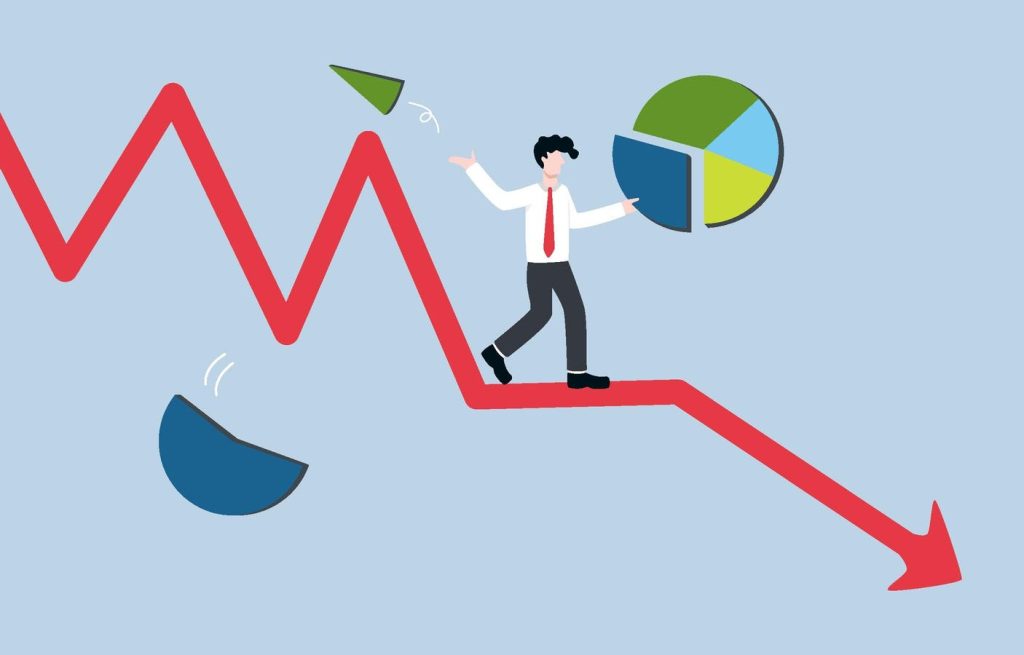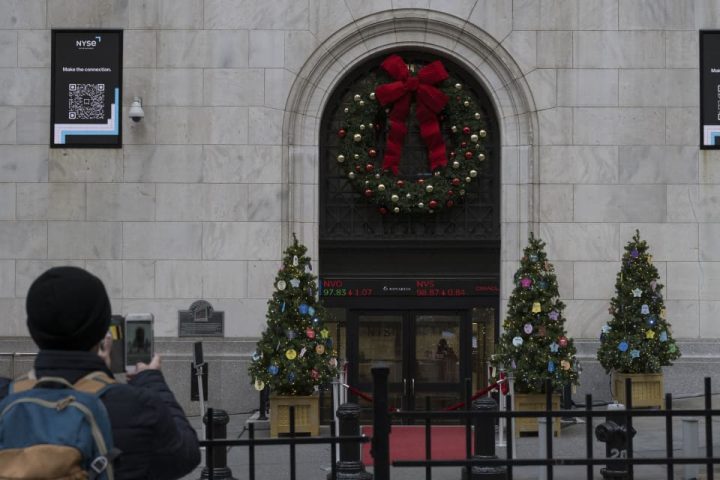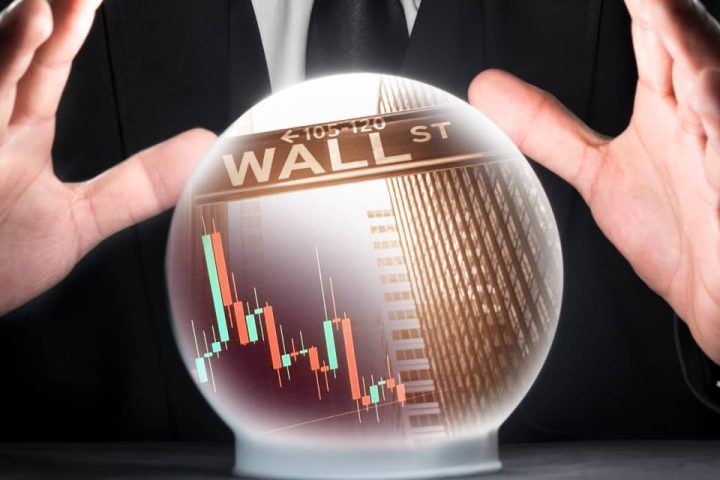Climate change continues to be top of mind for corporations’, consumers, and regulators. The range of key influencing groups include U.N., the WEF and other spokes entities for climate continue to urge we are in a crises and business as usual approach will no longer work.
While there is a lot to be concerned about, I thought it might be helpful as well to look at some of the positive outcomes and progress that the focus on climate change has driven.
For example, today we can see the outcomes of government and global policies that have fueled the innovation of electric cars, solar panels, and wind turbines. These policies and subsidies have enabled innovation to be cost effective.
The cost for clean energy such as solar is now over 90% cheaper than it was last decade. Batteries are 90% cheaper and wind is reported to be 66% cheaper, and 14% of new vehicles are now electric (and targeting in certain geographies like Europe or China to hit 20%). This doesn’t mean that we could relax, but there has been some positive progress made.
The Representative Concentration Pathways (RCPs) are the result of a groundbreaking partnership between climate scientists from different disciplines, including integrated assessment modelers, climate modelers, and emission inventory experts. The RCPs were projected models developed to represent different possible warming outcomes at the end of the century. The RCPs range from very stringent climate policy (RCP 2.6) to no climate policy at all (RCP 8.5). RCP 8.5 results in close to five degrees of warming, RCP 4.5 is just below three degrees, and RCP 2.6 represents the Paris Agreement goal of limiting warming to 1.5 ºC.
There were some interesting behaviors that began to emerge in the time of the global financial crises when emissions significantly dropped for the first time in developed countries. Emissions generally align with economic strength and GDP, but we began to see for the first time in 2014 that coal use remained flat and even declined a little bit even as the economy recovered.
Certainly, the falling cost of clean energy and government policies to help subsidize / rebate and encourage clean energy innovation has been a positive contributor coming out of the 2015 Paris agreement.
However, the world is not currently on track to meet the climate benchmarks set in the Paris Agreement. The latest report from the Climate Action Tracker (CAT) found that global greenhouse gas emissions are projected to reach 52.8 gigatons of carbon dioxide equivalent (GtCO2e) in 2030, which is well above the 36 GtCO2e needed to limit global warming to 1.5 degrees Celsius.
The CAT also found that only a handful of countries are on track to meet their Paris Agreement targets. Most countries need to significantly scale up their climate action in order to avoid the modeled worst impacts of climate change.
Despite the challenges, there is still hope that the world can meet the Paris Agreement benchmarks. There is a growing movement towards renewable energy, and many countries are investing in new technologies to reduce their emissions.
According to the Intergovernmental Panel on Climate Change (IPCC – an intergovernmental body of the U.N.) very little increment of global warming has a huge impact. The IPCC states that greater the impact of global warming, the more difficult it will be for countries to respond and mitigate the environmental issues that emerge. The initiatives surrounding global warming seek of course to curb emissions and by slowing it down. This would allow for scenarios where countries can respond more effectively to the projected issues that could arise. According to the World Meteorological Organization (WMO) over the last 50 years there is a 400% increase in the number of global disasters. However, there is some positive news that the number of deaths has actually fallen by 2/3rds.
A dire scenario such as the RCP 8.5, where there is no action taken to curb emissions, shows that the planet will warm so quickly so there isn’t adequate time to adapt to climate change). There are new voluntary commitments emerging from countries; as of 2022 approximately 75% of the global emissions are addressed by net zero commitments.
Concerted action of governments and regulators have helped drive change. However, the most important, positive catalyst moving the needle forward is the Corporations that are responding to the demand from investors, employees, customers, and communities.
How do we measure emissions?
Emissions are currently categorized as either Scope 1, 2, and 3. This is a way to measure and report on different kinds of greenhouse gas (GHG) emissions that a company or organization produces. The definitions are as follows:
· Scope 1 emissions are direct emissions from sources that are owned or controlled by the company. This includes emissions from fuel combustion in boilers, furnaces, vehicles, and industrial processes.
· Scope 2 emissions are indirect emissions from the generation of purchased electricity, steam, heat, or cooling. Although scope 2 emissions physically occur at the facility where they are generated, they are accounted for in the company’s GHG inventory because they are a result of the company’s energy use.
· Scope 3 emissions are all other indirect emissions (not included in scope 2) that occur in the value chain of the reporting company, including both upstream and downstream emissions. This can include emissions from the extraction and transportation of raw materials, the production of goods and services, the transportation of products to customers, and the disposal of products at the end of their lifecycles.
Many public companies now have a sustainability report and are capturing information on their scope 1 and 2 emissions. Scope 3 emissions are a very controversial topic as they are harder to measure and report on because they occur outside of a company’s direct control and can be complex to track. Some of the specific challenges include data availability and transparency, complex value chains, and lack of standardized methodologies. There is also a large unspecific cost and impact for companies to consider. Despite these challenges, it is important for companies to begin to understand and try to measure at least parts their scope 3 emissions to set a baseline beginning point. According to a study from Deloitte, scope 3 emissions often make up the majority of a company’s overall GHG footprint (estimated at around 70%) so reducing these emissions is essential for achieving climate goals.
Current and Proposed Legislation
- EU: The EU’s Corporate Sustainability Reporting Directive (CSRD), which comes into force on January 1, 2024, will require large companies (criteria varies depending on number of employees, balance sheet totals, and other markers) and listed companies to publish regular reports on their social and environmental impacts. This includes reporting on scope 1, 2, and 3 greenhouse gas emissions.
- US: The US Securities and Exchange Commission (SEC) has proposed new rules that would require public companies to disclose their climate-related risks, including scope 1, 2, and 3 emissions. The proposed rules are currently in the public comment phase, and it is unclear when they will be finalized and implemented.
- US: In addition to the SEC’s proposed climate disclosure rules, there are a number of bills pending in Congress that would require companies to disclose their scope 1, 2, and 3 emissions. For example, the Sustainable Accounting Standards Board (SASB) Standards Reporting Act would require public companies to file reports with the SEC that include SASB standards, which include reporting on scope 1, 2, and 3 emissions.
Overall, there is a growing trend towards mandatory scope 1, 2, and 3 reporting in both the EU and the US. This is due to the increasing recognition that companies’ climate-related impacts are a material financial issue.
Market Response
While it is helpful and essential to have a standardized way of measuring where we are in terms of climate and emissions, I think the key to successful climate change mitigation is when the market behavior changes in response to pull and demand for change from all stakeholders. There are some green shoots out in the market that are very encouraging.
A recent survey by Nielsen found that 66% of global respondents say they are willing to pay more for sustainable goods, up from 55% in 2014.
Another study by McKinsey found that consumers are more likely to buy sustainable products when they are clearly labeled and when they understand the benefits of those products. The study also found that consumers are willing to pay a premium for sustainable products, but that the premium is typically less than 10%.
A 2022 study by IBM
IBM
What are companies doing now?
Companies in the logistics transportation and aviation field ranging from airlines such as Scandinavian Airlines (SAS) and big freight companies such as DHL FedEx
FDX
There is market support for major freight companies like FedEx DHL and UPS who have made pledges to drop their emissions level. But it remains to be seen what the cost will be and consumers’ willingness to actually pay, but the process is under way.
Consumer product companies are leading the vanguard because there is strong sentiment and market pull from their customers to offer solutions that lower the GHG emissions not just in their scope 1 and scope 2 but in their scope 3 emissions as well as the public at large begins to have a deeper understanding of scope 3 .
Just locally in my hometown of Miami when ordering food delivery there was an option in a local salad chain to make the meal carbon neutral by paying an addition 7 cents towards a carbon credit. The consumer data is very revealing since that will create the market pull.
We see other iconic consumer companies like Danish toymaker Lego who had to abandon its plan to make its bricks out of recycled plastic bottler since the shift to recycled materials would entail a major carbon intensive change to the brickmaking manufacturing process. Additionally, the quality of the bricks made out of recycled materials were just not up to par with the traditional oil-based plastic bricks.
The positive thing is that even though the toymaker abandoned its plan to manufacture the bricks out of plastic bottles, it shows active inquiry and commitment to innovation being fueled by the market.
I think we can all take heart that there is significant momentum around climate change awareness and all stakeholders are energized around taking action. Taking steps to remediate climate change begins with getting an accurate baseline assessment and identifying specific action plans. The discipline around measuring the baseline for scope 1,2, and 3 has identified many operational improvement opportunities. For example beverage companies seeking to lower their freight costs / carbon footprint have been the catalyst for circular economy reuse of recycled materials for lighter bottles and packaging. These operational and supply chain improvements are contributing to profitable outcomes.
While there still remains debate and discussion from many sides around climate change, the good news is, whatever degree of believer you may or may not be, everyone can be happy about the outcomes of more efficient manufacturing, creation of a circular economy, and many other benefits that come out of the shift towards a more sustainable economy.
Read the full article here







